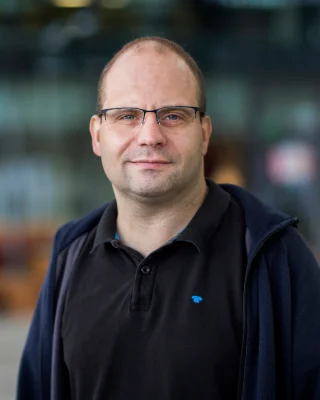Project: A survey on correlations and similarities for spatiotemporal data
Description
Finding pairs of locations that present interesting correlations or similarities (e.g., in their weather, development rate, or population statistics through time) can provide useful insights in different contexts/domains. For example, if a country observes that two different cities have a high similarity on the happiness index of their residents in the last 25 years, it may use this information to understand which properties are shared by these two cities, and may contribute to the satisfaction of their residents (e.g., good public transport network, many parks, ample work opportunities, etc). However, when studying spatial and spatiotemporal data, one can expect to observe many uninteresting/trivial correlations and similarities simply because of physical proximity of the locations. For example, the residents in Eindhoven and Veldhoven have approximately the same work opportunities since the two cities are close-by and the residents of Eindhoven can also commute to Veldhoven every day for work (and vice versa). Therefore, proximity of the locations also needs to be taken into account, for avoiding these degenerative cases.
In this thesis, you will examine the available literature for correlations and similarities in spatiotemporal data. Some questions that you are expected to consider (and possibly answer) in your thesis are: Which are some important/exemplary use cases of correlations and similarities for spatiotemporal data, and what are their key requirements? What does a good correlation/similarity function look like? Which are the key algorithms for quickly finding highly similar/correlated data and how do they work? What are the commonalities between them, and where each of them fails? Which are still the open problems in this topic?
The result of this thesis should be a survey that can be used by a new researcher in the area to be introduced to the area, read about the key results, and understand the key research problems that still need to be addressed. The survey may also include a discussion on future steps – suggestions for possible directions for addressing some of these open problems.
This project may include collaboration with international partners.
Prerequisites: ability to read and understand scientific literature (conference papers and journal articles), ability to read/write/run efficient code, successful completion of 2AMD15 with a high grade.
Details
- Supervisor
-
 Odysseas Papapetrou
Odysseas Papapetrou
- Interested?
- Get in contact